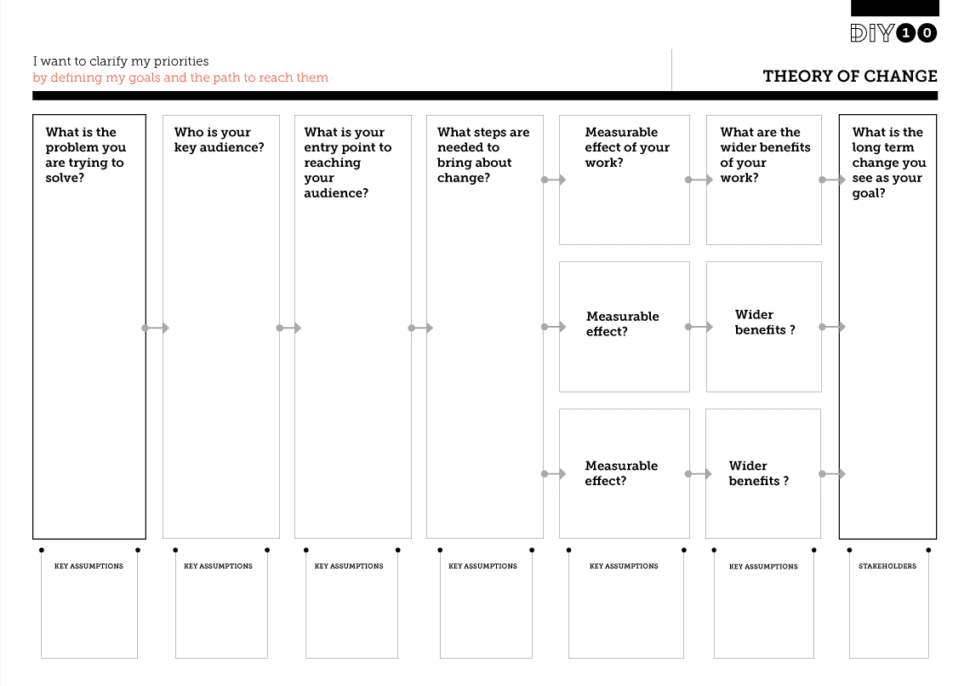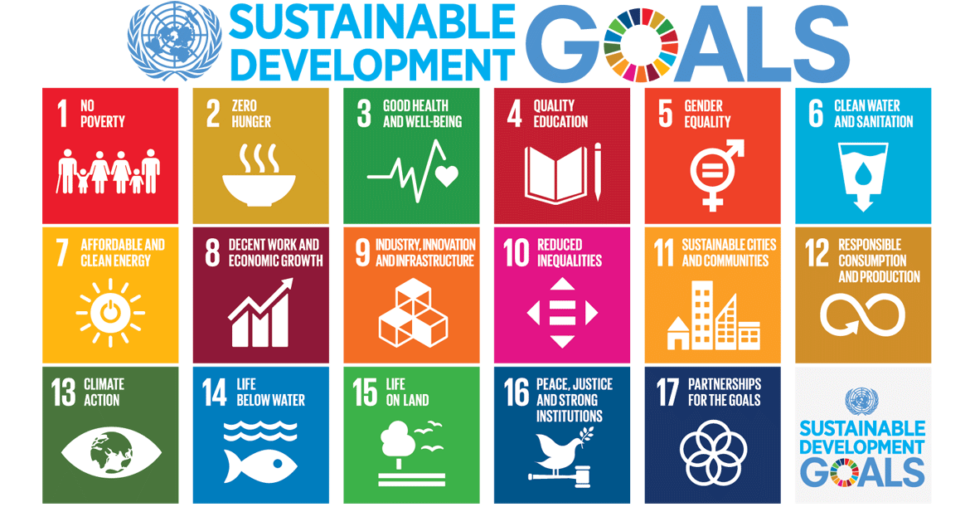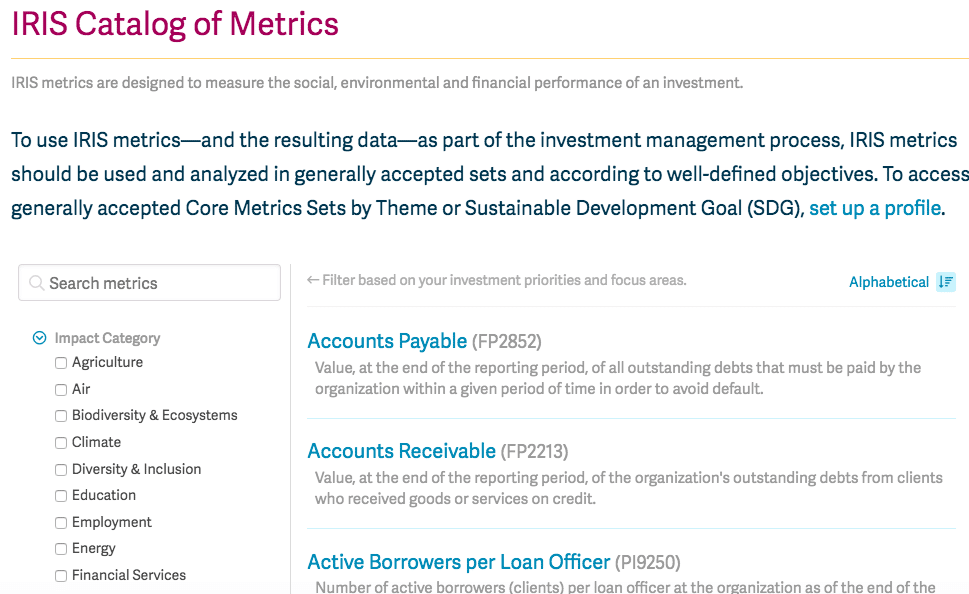By: Duane Rollins, Vice President of Impact and Research
Creating impact with a venture can be hard and it’s often even harder to know if you’re on the right track. A simple framework you can use to evaluate your social venture or idea is to answer these three key questions:
- Does it work?
- Does it matter?
- Is it repeatable?
Using business as a force for good is so much more than just solving a problem. It’s about creating a systematic way to address the problem in a sustainable way. Problems in the social space are complex and multi-faceted. Tackling problems like eradicating poverty or improving equitable hiring practices is no small feat. When faced with this type of complexity, the first question you should ask yourself about your business idea is: “Does it work?”
Does it work?
It sounds obvious, but many entrepreneurs do not fully consider if their proposed social venture or idea actually solves the problem they want to address for customers. It is easy to confuse simple activity (doing something, with outcomes) as attaining the desired result rather than an actual solution. For example, giving buckets of clean water to those who do not have access may seem impactful, but does it actually improve health? It is shown that water interventions without WASH practices can be 84 percent less effective at improving health outcomes. In this case, the activity of giving buckets of clean water alone may not lead to the desired outcome of improving health.
This is where it is helpful to sketch out a theory of change to better understand how your business will drive impact. Seek input from outside stakeholders, advisors, and your team as you start this process. A good theory of change clearly defines the outcomes that will define success. This is where the second part of the framework starts to come into focus.

Does it matter?
Jim Collins once said, “Don’t start out with a vision, start out with the brutal facts.” When thinking of the outcomes that define success, don’t just think of what you could do, think of the things that REALLY need to get done. Focusing on the brutal facts will help you develop a long-term goal that actually matters. The way you’re solving the problem has to matter not only to you, but also to your customers and other key stakeholders. It needs to be provable, meaning that you should be able to demonstrate to others that this solution actually works. It is best to frame the outcomes that define success through the lens of your customer. Being customer-focused and human-centered is vital to answering this question well.
At SEED SPOT, we use short, medium, and long-term goals to help us understand if our work matters. In the short term, we look to understand if entrepreneurs are satisfied with our programs and if we have grown their confidence. In the medium term, look to understand the performance of the ventures our entrepreneurs create through specific factors, but not limited to, revenue generated, capital raised, and lives impacted. Long term, we’re looking to use the collective effort of our community to move the needle on the UN Sustainable Development Goals (SDGs) to improve lives, help build more resilient cities, spur climate action, and create a more equitable society. This is why we work so hard daily to support all impact-driven entrepreneurs.

Is it repeatable?
Lastly, to really drive impact with your venture, it has to be able to deliver the solution consistently over time in a way that sustains the business. If you have a solution that works and you can articulate why it matters, the next goal is to make that process repeatable. Your goal should be to continuously deliver an effective, meaningful solution to customers in the most efficient way possible. Efficiency involves using the least amount of any given resource whether it be time, capital, or other tangible assets to deliver your desired impact. Determining what to track based on how you are defining success will help you stay accountable and these key metrics will help you understand if your solution is both effective and efficient. Take a look at the IRIS Catalog of Metrics to help you get started.

This framework is simple, but powerful when applied to your venture idea. It can help you better explain to customers and those you are supporting what your business does beyond the day to day. Use it to identify where there may be gaps within your solution, your long-term goals, or the sustainability of your business. By identifying and addressing those gaps early, you can set yourself up for future success much sooner.
To learn more about how SEED SPOT measures impact, click HERE. If you’re ready to launch or grow your impact-driven venture, search HERE for a SEED SPOT program in a community near you.
The post Thinking About Impact? Here’s a Simple Framework to Get Started. appeared first on SEED SPOT.

